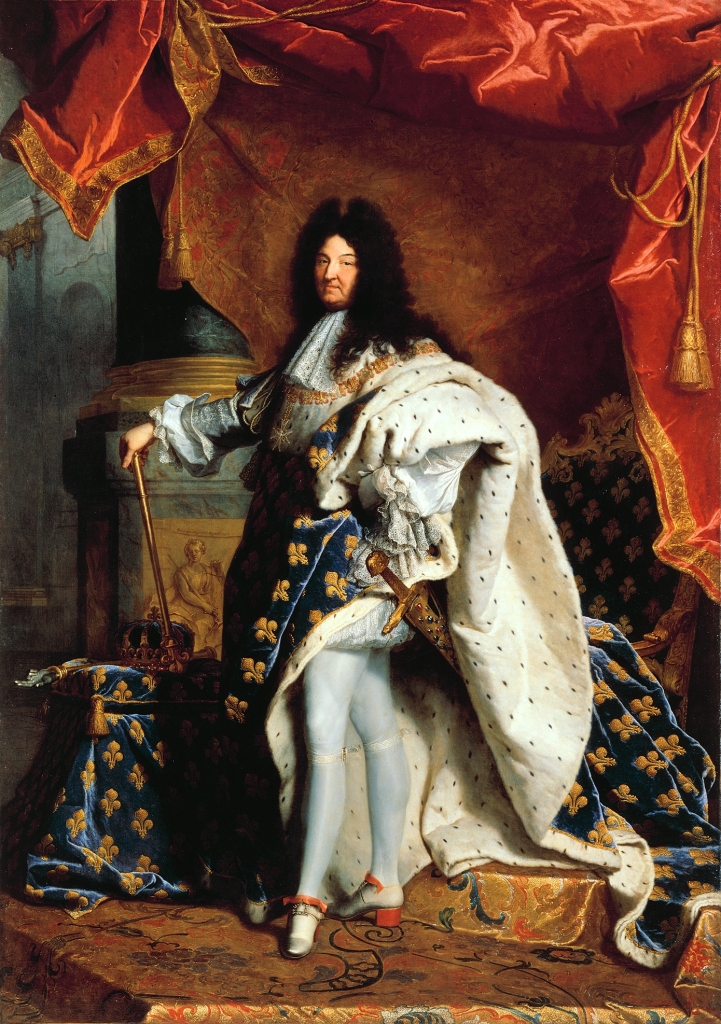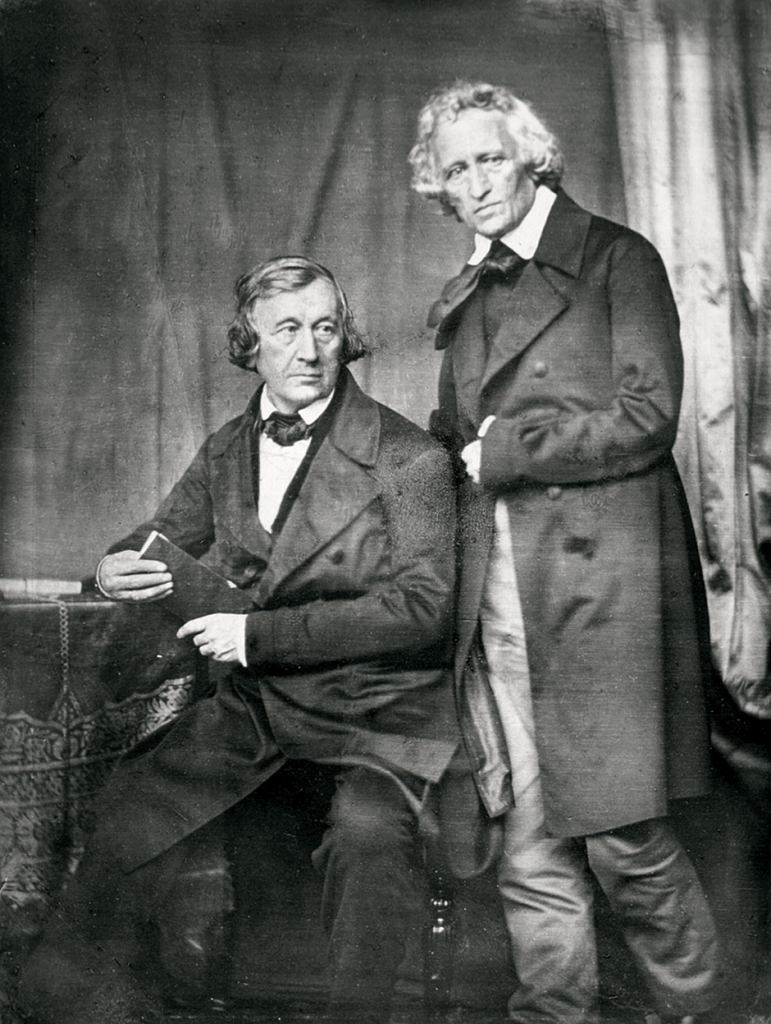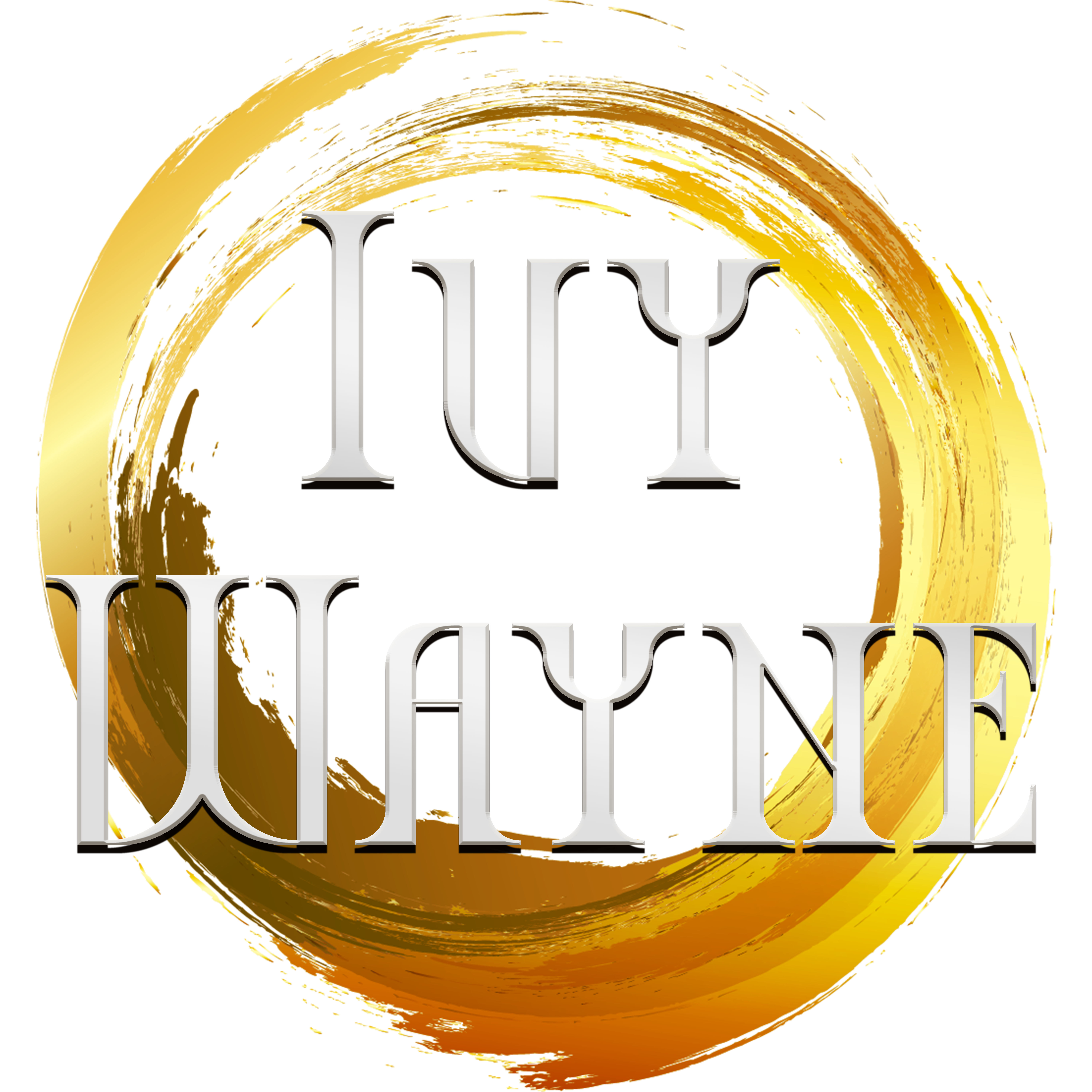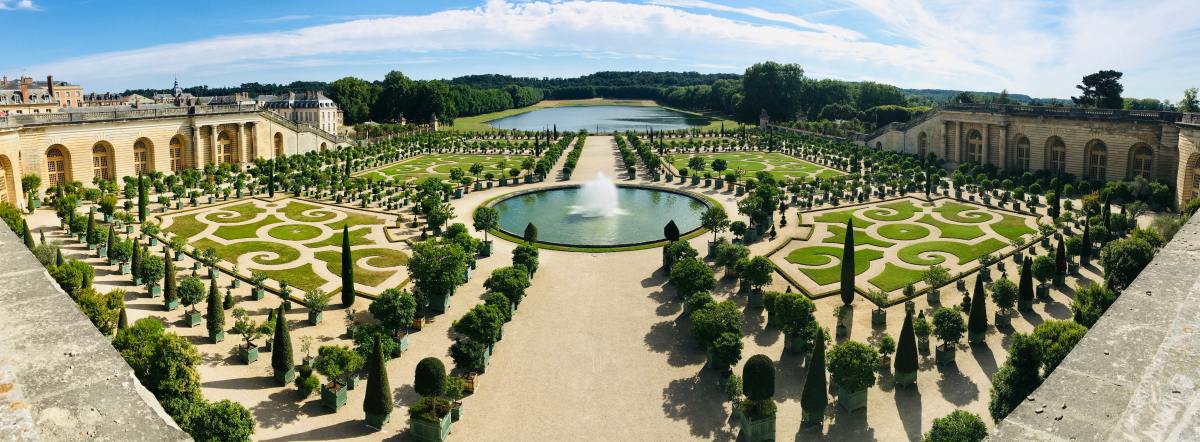One of my heroes is the French author and man of many talents, Charles Perrault. Not many know his story, so here it is!
Who Is Charles Perrault
Let’s go back in time to the tale of Charles Perrault!
In 17th century France, a man with a new way of visualizing writing made his place. He became the author of a new genre that would pave the way for authors for centuries to come. He is the father of fairy tales and the author of *Cendrillon, *Le Petit Chaperon Rouge, *La Belle Au Bois Dormant, and *Le Chat Botté et plus encore. His name is Charles Perrault.
Member of the Académie Française. He reinterpreted tales in *Histoires ou Contes Du Temps Passé. Despite often being credited with the tales, Charles Perrault is the one who adapted the classic stories to become the ones we know today.

Perrault transformed the stories into fairy tales. He added details that we know today, and even companies such as Walt Disney effectively depict in their masterpieces.
His vision for fairy tales, often taken from Brothers Grimm, saw a better light after Perrault rewrote them. Ever since his storytelling, his version of fairy tales has been on bookshelves. His version of those tales transitioned to ballet, theatre, opera, and now movies and series.
The Cinderella Example
One story that Charles Perrault adapted and became iconic was Cinderella, from French, Cendrillon or *Les Pantoufles de Verre. The adaptation he wrote in his storytelling was so overwhelming that his Cinderella is the most popular version told to this day.

Charles Perrault is the one who introduced the pumpkin carriage, the glass slippers, the fairy godmother, and the “bibbidi bobbidi boo.” Charles Perrault’s Cinderella interpretation was so great that Walt Disney decided to pick his work to bring to the big screen.
The Early Life of Perrault
Charles Perrault was not of nobility but came from a bourgeois family born in Paris. He was the youngest of a family of seven children. His parents, Pierre Perrault and Paquette Le Clerc, were influential and had their son attend school and receive excellent higher education in law. He followed the path his father led.

Perrault didn’t only rework fairy tales later in his life but also helped design the Academy of Sciences. He also helped restore the Academy of Painting. Later, when working under Jean Baptiste Colbert, Perrault became closer to nobility as his employer worked with King Louis XIV. He even was part of a team that worked on a section of the *Musée du Louvres.
Writings of Charles Perrault
It was toward the end of the 17th century that Perrault wrote for the King. One of his works recalled the artist Charles Le Brun, a painter for the King.
The book is called *La Peinture. His second literary work for the King titled *Courses de Têtes et de Bagues commemorating the king’s mistress’ celebrations of 1662. Her name was Louise-Françoise de La Baume le Blanc, Duchesse de La Vaillière.

Charles Perrault married Marie Guichon in 1672, but sadly, she passed away only a few years later, in 1678. The tale of Charles Perrault was not all happiness ever after.
An Avant-Garde Mind
The famous French castle named Versailles has a popular labyrinth garden. In 1672, Charles Perrault gave Louis XIV the idea of placing thirty-eight statues spread around the labyrinth. Those statues represented the Fables of Aesop.

The water jets placed in the animals’ mouths gave the impression that animals were talking among themselves. The poet Isaac de Benserade had a plaque with a quatrain at each statue.
Charles Perrault wrote a guide for the labyrinth named *Labyrinte de Versailles. In 1677, in Paris, the Royal Press released an illustrated edition with the artwork done by Sebastien le Clerc.

The librettist of a new musical field at the time, opera, was a close friend of the Perrault family. Philippe Quinault collaborated with Jean-Baptiste Lully for the Alceste in 1674. Sadly, the piece suffered rejection from traditionalists who said it deviated from the classical theater.
Charles Perrault decided to respond to the public with *Critique de l’Opéra in 1674. The work praised the immense talent in the Alceste piece based on the tragedy by Euripides. The King also supported Charles Perrault in modern art that was rising at the time.
The Rise of a Fairy Tale Master
When Charles Perrault retired at sixty-seven from the royal court, Perrault turned to his grandchildren. He decided to rewrite many of the fables we now know and called it, *Les Contes de ma Mère L’Oye. Those tales were and still are the foundation of European traditions.

The differences with Charles Perrault are written moral at the end of each story. Most of his retelling later became one of the many sources of inspiration for the Grimm Brothers. But Charles Perrault received the credit for being the founder of the modern fairy tale author.
However, the term “fairy tale” was first coined by Marie-Catherine Le Jumel de Barneville, Baroness d’Aulnoy. She also, herself, wrote tales of her own.
A Warning From Charles Perrault
When Charles Perrault wrote The Little Red Riding Hood, he had in mind to warn little girls about men predators. His message is evident when he tries his best to have women understand not to trust men. He wrote, “Watch out if you haven’t learned that tamed wolves are the most dangerous of all.”

Charles Perrault used his son’s name, Pierre Darmancourt, because he feared the repercussions of some “ancient” people. To accompany his tales, Perrault added his inspirations for the castles in his tales.

The Château d’Oiron inspired the one in Puss In Boots, and Château Ussé was the one for Sleeping Beauty.
More is there to say that Charles Perrault is one historical figure we should learn so much more about. He is one of my heroes, and I hope I made you like him more! That was it, the tale of Charles Perrault.
French to English Translations
Cendrillon: Cinderella.
La Belle Au Bois Dormant: Sleeping Beauty.
Le Petit Chaperon Rouge: The Little Red Riding Hood
Le Chat Botté: The Puss In Boots.
Histoires ou Contes Du Temps Passé: Stories or Tales Of The Past.
Les Pantoufles De Verre: The Glass Slippers.
Musée du Louvres: Louvres Museum.
La Peinture: The Painting.
Courses de Têtes et de Bagues: Heads and Rings Races.
Labyrinte de Versailles: Versailles’ Labyrinth.
Critique de l’Opéra: Opera Critics.
Les Contes De Ma Mère L’Oye: The Tales of Mother Goose.


8 replies on “The Tale of Charles Perrault”
[…] of Maine. She is the long-lost daughter of a king who must protect her town from the curse of an Evil Queen. — […]
LikeLike
I did not know who Perrault was. Thanks for the introduction!
LikeLiked by 1 person
It is too bad he is not known enough in my opinion.
LikeLike
[…] Lyon, and it wasn’t that long ago that I was reborn. I left my cocoon and grew wings like a fairy godmother. I’ll come to readers in need of a fairy tale. I’ll grant them a wish for a new story […]
LikeLike
[…] story of Gilles de Rais and his crimes inspired Charles Perrault‘s tale of the cruel Bluebeard nobleman. Charles Perrault’s fairy tales served a […]
LikeLike
[…] Cinderella is a noblewoman raised as part of the nobility ranks. She probably knew more than French, but also English, Latin, Norse, German, Italian, Spanish, and more. She believed whatever her stepmother wanted her to believe. Getting out of her situation was her dream, but challenging in the Middle Ages. […]
LikeLike
[…] must be a ‘French Revolution’ on Facebook where the indie community stands together. That’s Utopian […]
LikeLike
[…] Winter, and it wasn’t that long ago that I was reborn. I left my cocoon and grew wings like a fairy godmother. I’ll come to readers in need of a fairy tale. I’ll grant them a wish for a new story […]
LikeLike